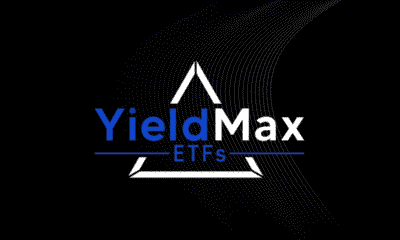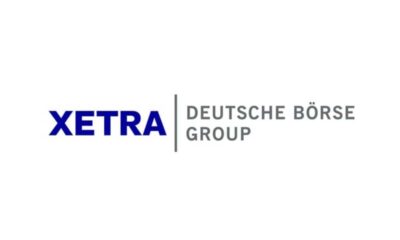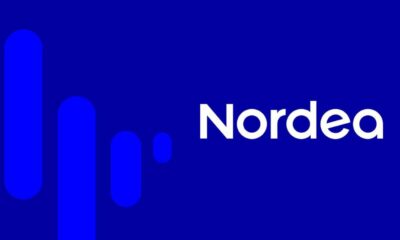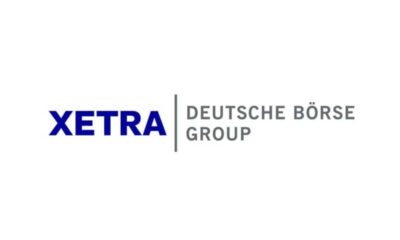Geostrategiska konflikter kommer att vara en av de grundläggande punkterna att ta hänsyn till för att urskilja framtiden för de olika råvarorna uppnå 2024. Från olja till uran tittar vi var råvaror kommer ifrån och vart de är på väg under detta osäkra börsår.
Det är många råvaror som steg kraftigt det senaste året, som sockerterminer, apelsinjuiceterminer eller kakaoterminer som 2023 satte toppar, i vissa fall även historiska. Inför detta såg vi hur zink sänkte priset med 12,5 procent, bly också sänkte priset med 10 procent i tvåsiffriga siffror och aluminium sjönk med 2,2 procent.
Om vi fortsätter resan, vad gäller spannmål, var havreterminerna de som presterade bäst med höjningar på 1,2 procent jämfört med risframtidens fall på 4,4 procent och priskollapsen i en bra del av spannmålen, tills vi nådde prisnedgången för majs, som var nära 30 procent.
Allt detta medan i energifrågor har Natural Gas Futures levt i berg-och-dalbana-läge under de senaste åren, med sina 25-åriga låga under pandemins år, 2020, under 1,45 dollar och klättrade 2022 till sina maxvärden under de senaste fjorton åren tills den når 10 dollar.
När det gäller olja ser vi att de också betedde sig som den enda råvaran i fallet med både Brent och West Texas, som tappade mindre än 10 procent sedan slutet av 2022. Allt detta under ett år präglat av sina miniminivåer efter en 2022 av dröm, med krigets ankomst till Ukraina och nivåer nära 140 dollar per fat.
Därför, som vi ser på bilden, markerade faktorer som OPECs möten och deras beslut att minska produktionen, och till och med ankomsten i oktober av konflikten mellan Israel och Hamas, efter terrorgruppattackerna, framtiden för priset på råolja under hela året. Trots detta, som Trade Finance Global påpekar, var rörelserna i dessa fall inte så abrupta som har inträffat under andra historiska ögonblick.
Dessa geopolitiska risker och konflikter kan tydligt markera varornas framtid, precis som de gör med Houthi-attackerna och USA:s och Storbritanniens svar på rebellerna i Suezkanalen på samma sätt som instabiliteten kan hjälpa till att hålla guldprisnivåerna över de nuvarande 2 000 dollar.
De påpekar från detta forum att andra faktorer, såsom handelspolitik, som i fallet med Indiens förbud mot export av annat ris än basmati, har fått priserna att stiga med 16 procent globalt.
Även om den geostrategiska effekten förblir tydlig: för S&P Global ökar detta faktum priset på uran, efter att ha stigit med 90 procent under 2023, på grund av problem med leveranskedjan, globala politiska risker och hög efterfrågan som överstiger erbjudandet, vilket påpekades av direktör för den amerikanska uranproducenten enCore Energy.
Angående prognoserna för i år framhåller IG-analytikern Diego Morín att han ser det som komplicerat ”med börser på maximala nivåer i USA och med spänningar i Mellanöstern som gör att Brent-oljan bryter 80 dollars-zonen. ”Naturgas har också påverkats av situationen i Röda havet. Så fokus skulle ligga på oljan som har släpat långt efter och kan skjuta i höjden om situationen i Mellanöstern blir mer spänd.”
Oljepriser som för Goldman Sachs har varit föremål för den gradvisa tillväxt som har skett i utbudet, inför en ihållande efterfrågan, därav fallet som vi har sett i dess pris långt under ens den psykologiska nivån på $80. Och detta panorama kan bibehållas under innevarande år, enligt den amerikanska investeringsbanken.
Från företaget visualiserar de ett Brent-pris på mellan 70 och 80 dollar, det lägsta som sponsras av OPEC, medan över 90 eller 100 dollar per fat redan skulle fördelen med högre priser börja urholkas.
Den oberoende analytikern Antonio Espín markerar stödet för fatet Brent-olje till 71,60 dollar, medan han, när det gäller motståndet, indikerar att om det bryter uppåt till 83 dollar, skulle han satsa på ytterligare prisförbättringar.
När det gäller guld är tanken att överträffa sina toppnoteringar från december förra året, på 2 135,39 dollar, hand i hand med de faktorer som förde det till ett tillflyktsvärde par excellence på dessa nivåer: dollarns svaghet och förväntningarna som Fed kommer att börja sänka räntorna.
JPMorgans förväntning är att dess pris kommer att falla på kort sikt, innan det når nya toppar under hela innevarande år, och till och med klättra till rekordnivåer 2025 till 2 300 dollar per uns.

 Nyheter1 vecka sedan
Nyheter1 vecka sedan
 Nyheter3 veckor sedan
Nyheter3 veckor sedan
 Nyheter3 veckor sedan
Nyheter3 veckor sedan
 Nyheter4 veckor sedan
Nyheter4 veckor sedan
 Nyheter3 veckor sedan
Nyheter3 veckor sedan
 Nyheter1 vecka sedan
Nyheter1 vecka sedan
 Nyheter3 veckor sedan
Nyheter3 veckor sedan
 Nyheter2 veckor sedan
Nyheter2 veckor sedan






















